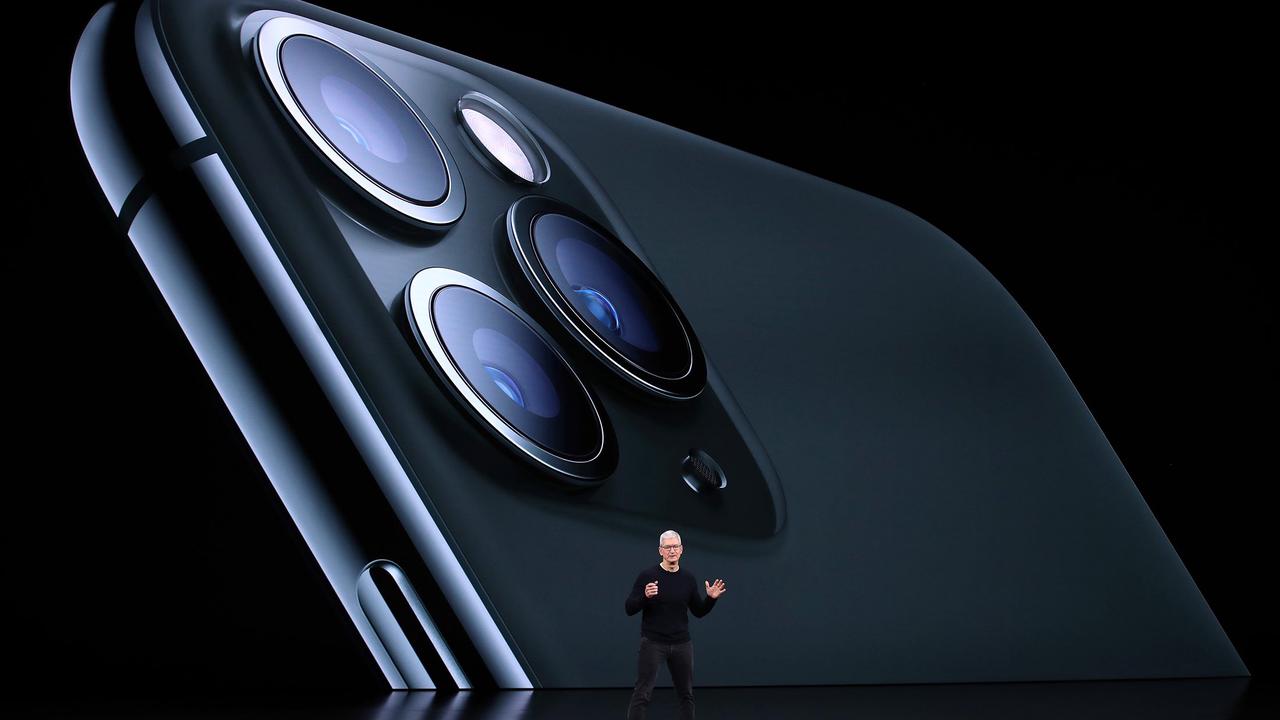Electrical engineers from the University of California San Diego have increased in wireless communication technology called Ultra-Wideband (UWB). UWB is a technology that has been around for a long time and began to gain popularity in recent years thanks to an increase in accuracy compared to Wi-Fi or Bluetooth when it comes to determining the location and movement of the device. This technology is also possible for repairs such as indoor navigation and smart warehouses that know where employees and inventory at all times.
One of the more interesting things that engineers can be carried out can be done by UWB is an arrest of real-time 3D motion for virtual reality or exercise analytic. To activate these features, UWB technology must currently be improved. The improvement needed is an increase in operating speed, the ability to operate at a lower power level, and increased high accuracy 3D localization.
The researchers developed the UWB prototype system meets the criteria needed. It has only one millisecond communication latency and is very miserable with the power that can be run for more than two years using coin cell batteries. The new devices they develop can also provide 3D location information that are right in three centimeters for stationary objects and eight centimeters for moving objects.
This new system is called ULOC and is a fundamental change for the process used by the traditional UWB system for object locations. Traditional UWB systems display two main components, including small tracking devices known as tags and devices called anchor. Tags are connected to the object you want to track while anchors are installed in locations in the neighborhood, allowing radio signal detection from tags.
To simplify the process used by a typical UWB system, the researchers update ULOC so that their system only needs to send a single signal to all anchors instead of sending a separate signal to each anchor that returns the signal to the tag. The change significantly reduces power consumption and makes the system faster and can be scaled. At present, the researchers work to build end-to-end capture systems for several applications and search for industrial partners.

